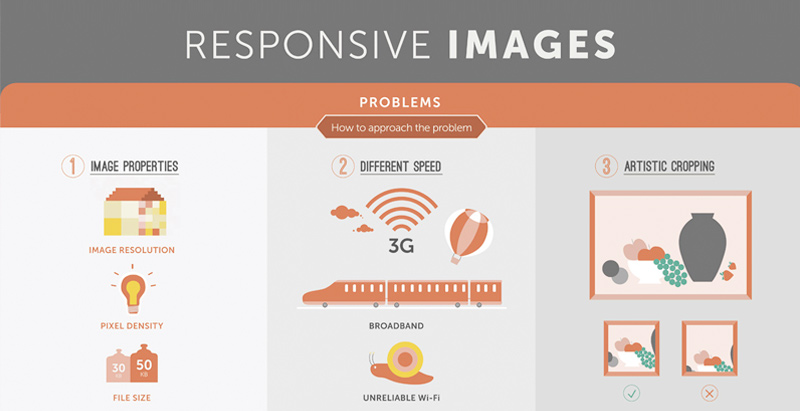Utilizing The Power Of Visual Pecking Order In Internet Site Layout
Utilizing The Power Of Visual Pecking Order In Internet Site Layout
Blog Article
Created By-Korsgaard Magnussen
Think of a site where every aspect completes for your interest, leaving you really feeling bewildered and not sure of where to concentrate.
Currently picture a website where each aspect is meticulously set up, guiding your eyes easily with the web page, offering a seamless individual experience.
The difference lies in the power of visual pecking order in web site style. By purposefully arranging and prioritizing components on a page, developers can develop a clear and user-friendly path for users to follow, ultimately enhancing involvement and driving conversions.
However exactly how exactly can you harness this power? Join us as we check out the principles and methods behind reliable visual power structure, and discover exactly how you can elevate your internet site style to brand-new elevations.
Comprehending Visual Pecking Order in Web Design
To efficiently convey information and overview individuals through a web site, it's critical to comprehend the idea of visual power structure in web design.
Visual pecking order describes the plan and company of components on a page to stress their value and produce a clear and user-friendly customer experience. By establishing a clear aesthetic power structure, you can direct customers' attention to the most essential info or actions on the web page, boosting functionality and interaction.
This can be attained with different style techniques, including the calculated use dimension, color, comparison, and positioning of components. For example, larger and bolder elements generally draw in more focus, while contrasting colors can create visual comparison and draw emphasis.
Concepts for Effective Aesthetic Power Structure
Recognizing the principles for efficient aesthetic power structure is necessary in developing an user-friendly and engaging site style. By complying with these concepts, you can guarantee that your site effectively connects info to customers and guides their interest to the most crucial elements.
One principle is to make use of dimension and range to establish a clear visual power structure. By making vital aspects bigger and extra noticeable, you can draw attention to them and guide individuals with the material.
Another concept is to make use of contrast efficiently. By utilizing contrasting shades, font styles, and forms, you can produce visual distinction and emphasize essential information.
Furthermore, the concept of proximity suggests that relevant aspects ought to be organized together to visually link them and make the website more arranged and very easy to navigate.
Implementing Visual Hierarchy in Website Design
To execute visual pecking order in site style, prioritize important aspects by changing their size, shade, and placement on the page.
By making crucial elements larger and extra popular, they'll naturally draw the individual's attention.
Use contrasting shades to develop aesthetic comparison and highlight vital info. For browse around here , you can make use of a strong or dynamic color for headings or call-to-action switches.
Additionally, consider the placement of each component on the page. Place informative post on top or in the center, as customers often tend to concentrate on these locations initially.
Verdict
So, there you have it. Aesthetic pecking order resembles the conductor of a harmony, leading your eyes with the web site design with skill and style.
It's the secret sauce that makes an internet site pop and sizzle. Without it, your design is simply a jumbled mess of random aspects.
However with aesthetic hierarchy, you can develop a work of art that gets hold of attention, interacts successfully, and leaves a lasting impression.
So leave, my friend, and harness the power of aesthetic pecking order in your web site style. Your target market will certainly thank you.
